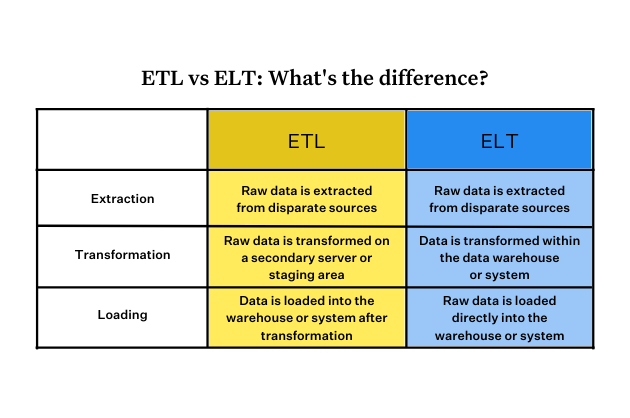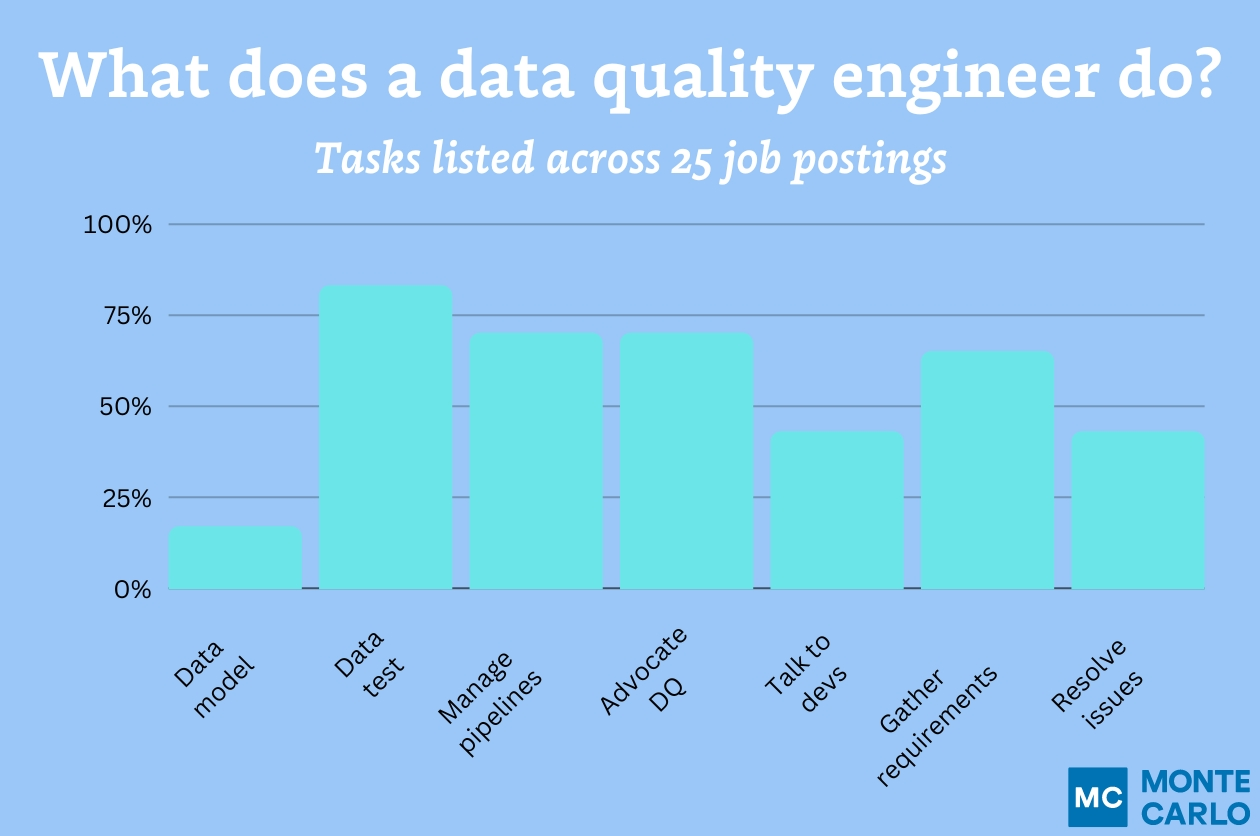What Does it Take to Succeed as a CDO in the Age of COVID-19?

When COVID-19 hit the U.S. in March 2020, the first role hired for by the Center for Disease Control (CDC) was a Chief Data Officer. Not surprisingly, COVID-19 and GDPR, it’s close cousin in terms of cultural relevance, were top of mind for everyone at this year’s all-virtual MIT Chief Data Officer Symposium.
In this article, I share three key takeaways from the event and propose next steps for CDOs to retain their competitive edge in this remote-first, data-obsessed world.
It’s day one, hour four of MIT’s annual Chief Data Officer Symposium and, despite being entirely virtual, the conversations couldn’t be more real.
My first “too true” moment came during a panel featuring the CDOs of some of the world’s most impressive companies, from McDonalds to the Bank of the U.S., in the form of a nugget of wisdom from Milind Kamkolkar, CDO of Cellarity:
“In today’s world, being a data-driven business simply means being a business.”
Yes! If I was in the audience, I would have started clapping. (And maybe I did, just a little bit, in front of my computer screen).
At the symposium, Milind’s comments and many others made by other data leaders spoke to the undeniable truth that data — and the role of the CDO — are becoming increasingly important for every enterprise.
As the event progressed, one major theme emerged: that COVID-19 and GDPR (two of 2020’s buzziest topics) have forever altered what success looks like for CDOs, and that, regardless of industry, data teams must respond to their demands to succeed in their roles.
As highlighted by Randy Bean, CEO of NewVantage, during his aptly titled panel, “Ensuring the Success in the Chief Data Officer Role,” the responsibilities of the modern CDO are still nascent and evolving. Over the course of the symposium, speakers presented their own arguments for what a CDO should focus on and how they should set their strategy to meet the demands of COVID-19, GDPR, and other industry seachanges.
Despite their differences (just like snowflakes, no two CDOs are the same) I found that they all agreed on three key things: the importance of a robust and automated approach to data governance, the need for data quality solutions, and the promise of data democratization. Importantly, data democratization has the potential to truly scale the impact of the former two initiatives and many others at the company-wide level.
Data governance should be automated

COVID-19 and GDPR have put data governance front and center for many CDOs, but a manual approach to compliance is no longer cutting it. Manual cataloging and monitoring of upstream and downstream data dependencies make it difficult for teams to stay on top of PII handling requirements.
Although all industries have been forced to adapt to this new norm, perhaps none have been affected as much as the financial services sector or the federal government. Just ask Cara Dailey, CDO of Silicon Valley Bank, and Eileen Vidrine, CDO of the U.S. Air Force. In two separate talks, Cara and Eileen detailed the need for a more advanced data governance approach that leverages ML to solve these issues, relieving data staff of tedious, error-prone tasks that are more effectively tackled by automation.
According to Cara, an automated data catalog is foundational to her organization’s data governance strategy.
“The role of CDO is not for the faint of heart,” Cara said. “Data governance is a massive undertaking for many companies who have not invested in foundational data infrastructure, practices around data management, and data quality. As a result, CDOs are often coming into a blank slate or fixing a data governance program that went wrong.”
Similarly, Eileen Vidrine shared that the U.S. Air Force invested in a homegrown, federated data catalog, referred to as VAULT, to handle data governance.
“Our ultimate goal is to make the VAULT platform available to every air-person as-infrastructure-as code,” she said. “To achieve this, we’ll really be investing in self-serve, automated data governance so that we can make decisions about our data in sync across each area of the Air Force.”
Prioritize data quality

It’s a poorly kept secret that bad data spares no one.
Just ask Dr. Lauren Gardner, one of the creators of Johns Hopkins’ legendary COVID-19 Global Dashboard, which tracks the number of confirmed Coronavirus cases, recoveries, and deaths. The map has been widely attributed as a leading source of information about the status of the pandemic in real time, giving communities worldwide a user-friendly way to know how the disease is affecting their regions.
According to Lauren, accurate data is central to the efficacy of the map, but disparities in how data is tracked and reported in different countries has affected various metrics, including the case-fatality ratio (in other words, mortality rates).
“These rates vary anywhere from well-under one percent to 25 percent, depending on the country,” she said. “It’s unlikely that there is actually this much variance. More likely, it’s an issue of multiple factors, namely data quality of the data being reported.”
During a panel with other data leaders, Richard Goldberg, CDO of the Bank of China, noted that the difference between offensive and defensive data strategies is the ability to recognize and address data quality issues before they become a problem.
“It’s important to implement a data strategy that recognizes the CDO is not just a firefighter,” he said. “Ultimately, we need to start using data in a knowledgeable and healthful way and leverage data with a high degree of confidence. To truly be innovative, we need to have accountability for data consistency.”
Push data democratization at the company-wide level

From the U.S. Air Force to Capital One, a decentralized approach to data analytics is rapidly becoming the new norm. Long gone are the days of keeping insights generation under lock and key by a specialized team of practitioners.
Danielle Crop, CDO of American Express, notes that her team’s prioritization of data democratization is helping scale the use (and impact) of data at the company-wide level. This democratization gives all data teams at Capital One the tools necessary to unlock the potential of their data, and in turn make smarter decisions with it.
“The important aspect is to centralize the data management as much as is practical and then decentralize/federate the analytics, ML, and BI aspects of data,” said Danielle, not unlike a data mesh.
Another element of data democratization is the cross-functional evangelization of data best practices across the company.
According to Eileen Vidrine, data is a team sport.
“It’s not about one office doing work in the area of data,” she said. “It’s about building those partnerships. In order to move and move quickly, I need change champions across the department.”
Still, nearly all data leaders emphasized that much work still needs to be done to implement data democratization at scale, particularly given how COVID-19 has put a heightened emphasis on data to drive decision making.
Cindi Howson, Chief Data Strategy Officer at ThoughtSpot, delivered a talk on what it takes to develop a data-driven culture, echoed this necessity best.
Per a survey her team at ThoughtSpot commissioned about a CDO’s main barriers to effectively using data, she said, “even during a pandemic, when it’s important to unlock the value of data, 82 percent of CDOs say that culture is their main barrier.”
My two cents: if we make it easier and more accessible to responsibly use data, there will be greater adoption of these tools, and in turn, more impactful applications of data to truly move the needle for your company.
What’s next for the CDO?
The role of the CDO is still evolving. At the end of the day, solving for these three pillars (data governance, data quality, and data democratization) is important, but above all else, you need to map your data organization’s priorities to the needs of your business. Barring that, no fancy new data catalog, exciting analytics tool, or cloud warehouse migration will bring you success.
The needs of your business often boil down to what moves the bottom line, whether that means meeting revenue targets, sales quotas, or even new user sign-ups. You need to determine what data will help your company get there and how to set your team up for success to capture and utilize it quickly, compliantly, and most effectively.
With that, I’ll leave you with another “too true” nugget of wisdom from the symposium, courtesy of Mastercard CDO JoAnn Stonier:
“You can align certain data skills between industries, but your data strategy absolutely follows your business strategy.”
Interested in learning more about setting a data strategy? Book a time to speak with us using the form below.
Our promise: we will show you the product.
 Product demo.
Product demo.  What is data observability?
What is data observability?  What is a data mesh--and how not to mesh it up
What is a data mesh--and how not to mesh it up  The ULTIMATE Guide To Data Lineage
The ULTIMATE Guide To Data Lineage 





